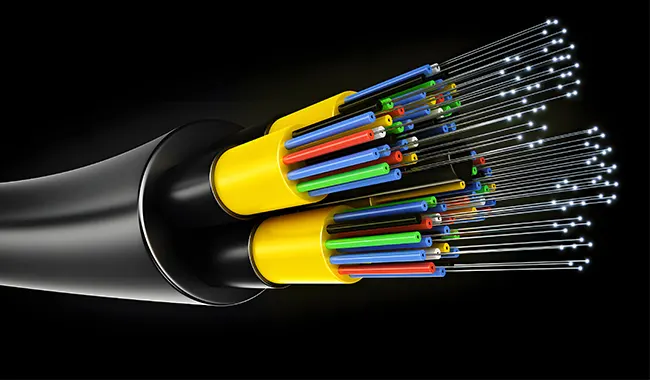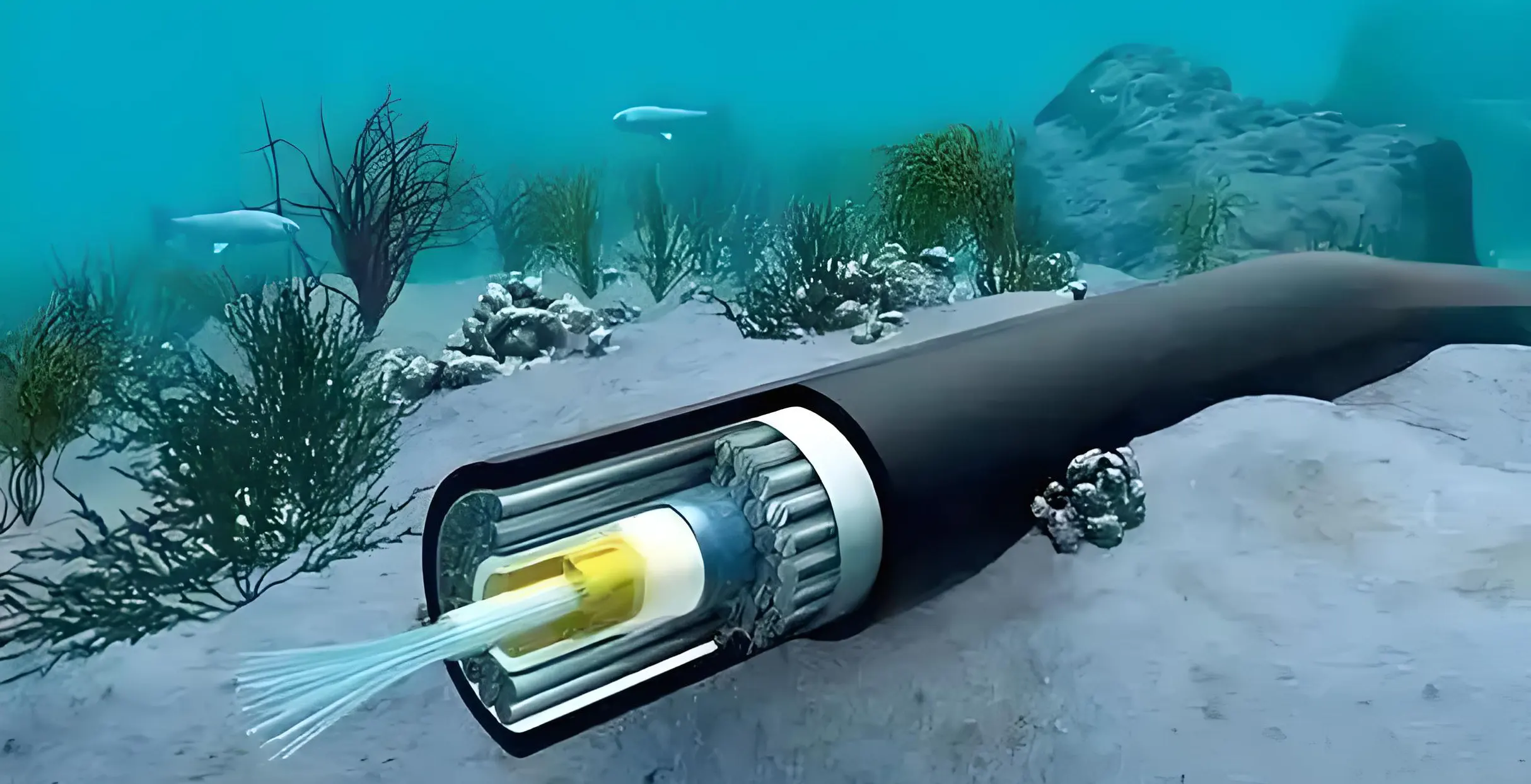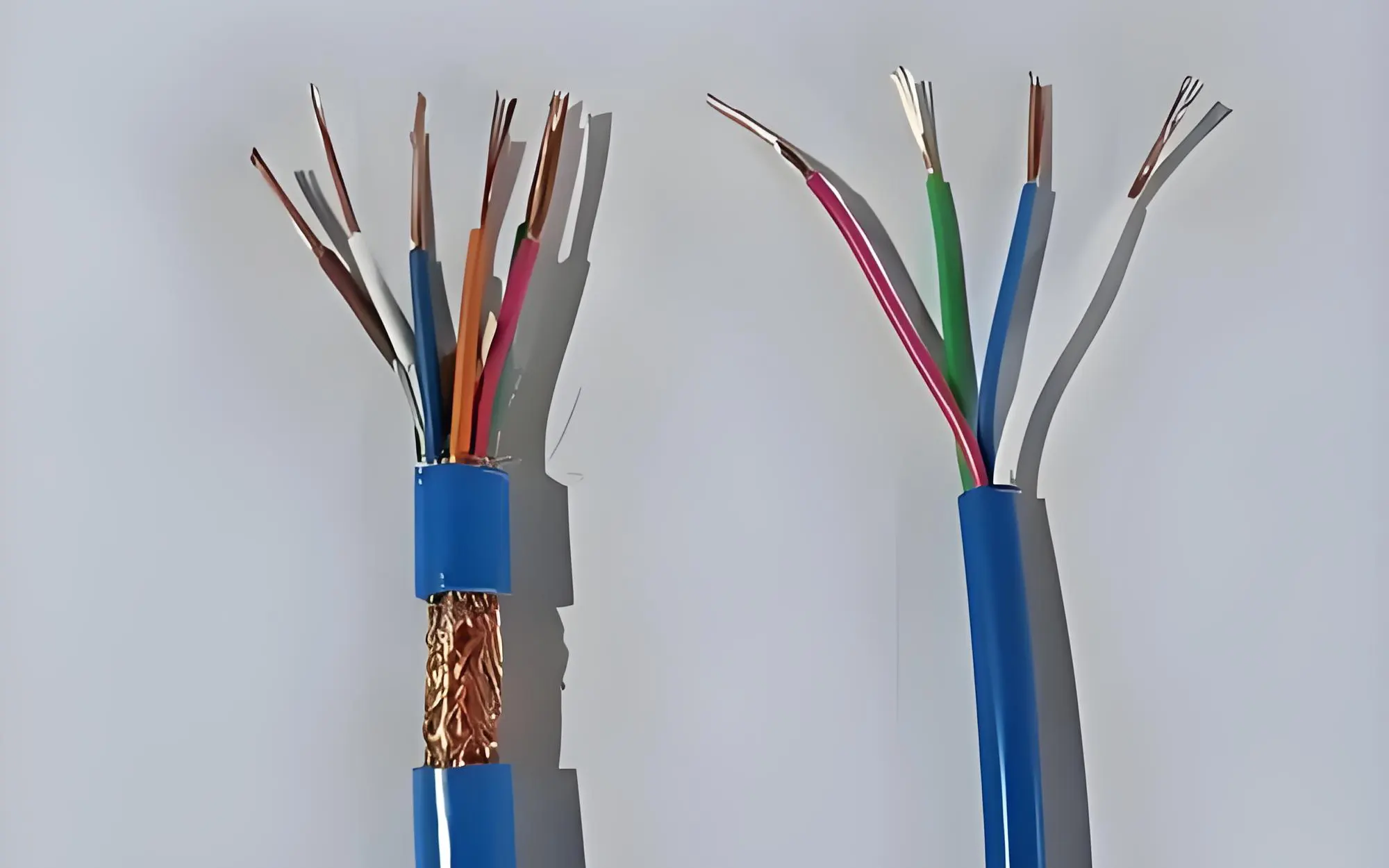
By quanyu lee
2025-04-03 07:13:09
Communication Cable Guide
Definition and purpose of communication cables
Communication cable is a type of cable used for transmitting telephone telegrams, fax files, television and radio programs, data, and other electrical signals. It is made by twisting one or more mutually insulated wires, which can resist the influence of natural conditions and external interference, ensuring stable signal transmission.

Materials for communication cables
Material |
Insulation material |
Shielding and sheathing materials |
Special scenario materials |
| Copper: As the most commonly used conductive material, copper is widely used in short distance communication (such as local area networks) due to its high conductivity and good ductility. Tin plated copper wire is used in some scenarios for shielding braided layers of data communication cables, robot cables, etc., to enhance anti-interference performance. | Plastic and rubber: Polyvinyl chloride (PVC), cross-linked polyethylene (XLPE), fluoroplastics, etc. are mainstream insulation materials that provide electrical insulation and ensure safety. | Shielding layer: made of metal woven mesh (such as copper, aluminum) or aluminum foil, used to reduce electromagnetic interference, commonly used in coaxial cables, high-voltage cables in vehicles, etc. | Mining communication cables (such as MHYV) adopt reinforced sheath and shielding design to meet the high protection requirements of the mining environment. |
| Aluminum: Aluminum cables have low cost and light weight, making them suitable for cost sensitive projects. However, their conductivity and mechanical strength are lower than copper, and their performance needs to be compensated for by increasing the cross-sectional area. | Polyolefin: commonly used in long-distance symmetrical cables and other scenarios, balancing weather resistance and stability. | Sheath: The outer sheath is often made of polyvinyl chloride (PVC), lead sheath, or polyolefin to resist mechanical damage and corrosion, and adapt to complex environments such as underground and underwater. | |
| Fiber optic: Fiber optic is made of glass or plastic and transmits data through optical signals. It has the advantages of large bandwidth and long distance, and is the core material for high-speed networks and long-distance communication. |
structure and classification
Basic structure: The cable core is composed of multiple pairs of insulated wires, and the outer sheath material includes lead sheath, polyvinyl chloride, etc. In some harsh environmental scenarios, a protective layer can be added.

Category:
- By structure: symmetrical cable, coaxial cable, integrated cable (such as RS485 communication cable);
- By function: field cable (temporary laying), permanent backup cable (permanent laying underground, underwater, etc.)
Application fields of communication cables
- Urban communication: used to connect telephone exchanges, base stations, and user terminals to achieve voice and data communication.
- Radio and television: used to transmit television signals and broadcast programs, ensuring signal coverage and quality.
- Computer network: It is used to connect computers and network equipment to realize high-speed data transmission and Internet access.
- Industrial automation: used to connect devices such as PLCs, sensors, actuators, etc., to achieve data transmission and communication between devices.



